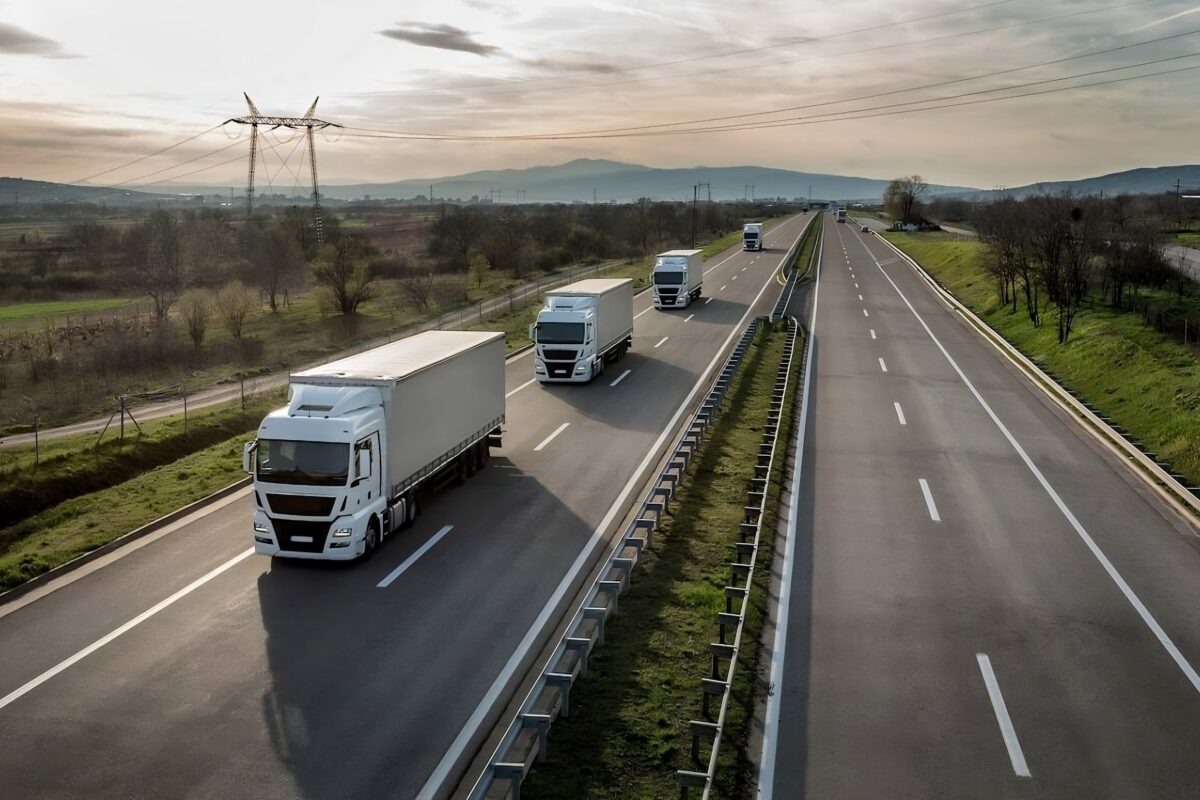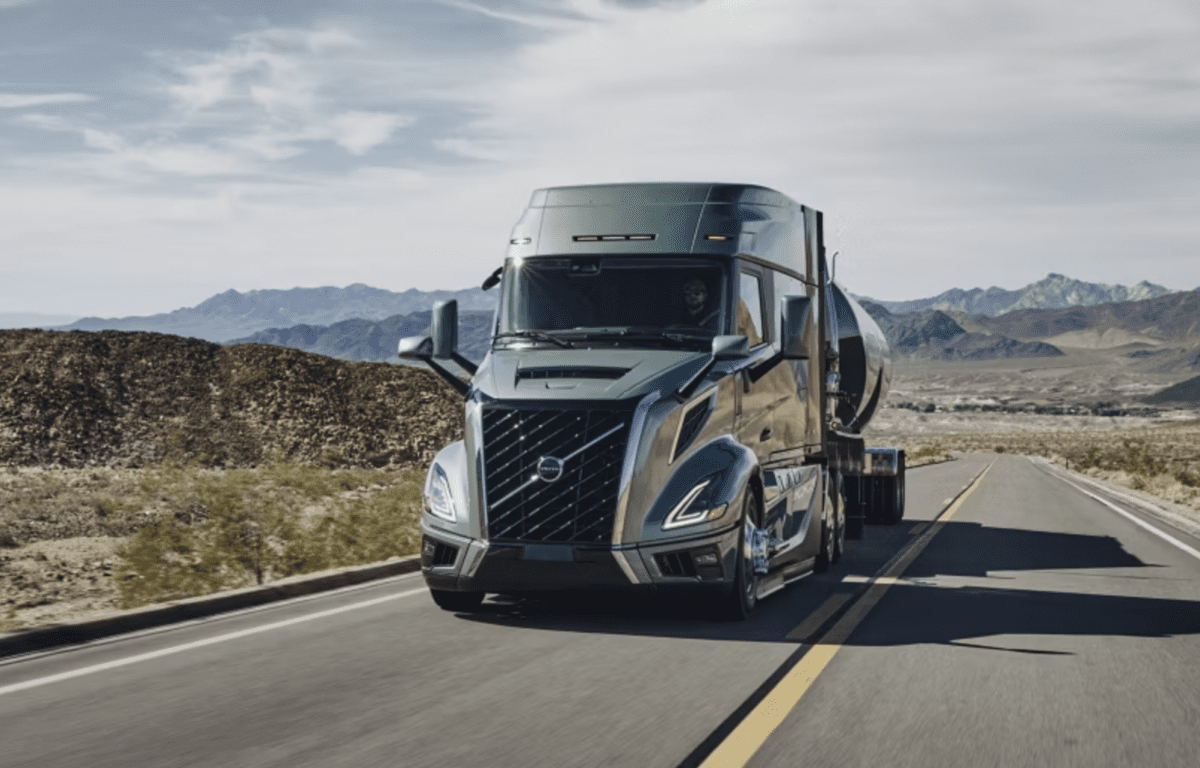Road freight efficiency is an issue particularly pertinent to the Indian market, where over 60% of freight is transported by road. A multitude of issues challenge fleet operators on a daily basis, from the obvious matter of congestion to the desperate need for GST (Goods and Services Tax) to speed up interstate transportation, via the impact of poor road quality.
Whilst these are major issues which cannot be addressed by OEMs and suppliers, there are areas of the business where the means exist to improve the lot of the freight haulage companies and the drivers themselves. These include chassis improvements such as braking in particular, and a smart trailer body strategy.
Braking bad not good
According to Kunal Sharma, Country Manager of Jacobs Vehicle Systems, freight efficiency is the sum of safety and productivity. At the heart of both lies a vehicle’s braking system. In a presentation at Automotive Megatrends India 2015, Sharma focused on the productivity aspect of the equation, highlighting the role that engine braking can play.
There are three main types of brake system, he explained – foundation brakes, secondary brakes and parking brakes.
Trucks in emerging markets in particular spend considerable time off the road waiting for brakes to cool; brake overheating occurs in long-distance haulage especially where lengthy downhill runs are concerned. Sharma used an illustration of trucks in China using specially designed reservoirs to physically cool their brakes; such avoidable downtime is costly, he said, and so too is maintenance. Engine brakes can reduce trip times and increase productivity.

The secondary braking system which Jacobs produces is not intended to bring a vehicle to a stop; engine compression release braking acts as a vehicle slowing device, offering increased control, especially for descending.
Engine brakes, said Sharma, increase trip times, reduce stopping times, extend foundation brake life by two to five times, and improve fuel economy.
‘Jake Brakes’, as Jacobs Engine brakes are known, have become synonymous with noise, said Sharma, who rejects the notion that it is his company’s brakes which cause the noise. “Our brakes are no louder than your engines,” he said, adding that any sound from a vehicle using the brakes is likely to come from some other engine-related problem or source.
Body moving
Harsh braking, or ‘HB’, is worsened when coupled with trailer overloading, in itself a dangerous issue. One way of preventing overloading – which not only subjects the vehicle to overbalancing, as well as unintended stress not only on the engine and axles, but also the brakes – is to use smart trailer body systems.
A truck body should be viewed not as an expense but as an investment, said Roger Remmel, Brand Manager at Edscha Trailer Systems. Given the need to eliminate the dangerous practise of overloading in India, which is one of the main markets where this practise is prevalent (but by no means the only market), Edscha TS says it sees the move to truck and trailer bodies in India as a megatrend in itself. “There’s no way of meeting the needs of 8% growth without improving the efficiency of road freight,” said Remmel.
Road freight has numerous advantages, he said; it’s highly flexible, highly available and highly scalable. In Europe, road freight was improved through regulations and standards, advances in cargo security, road safety, interoperability and environmental consideration. A similar series of events is needed to bring India up to Europe’s standards.
Yet the best truck-trailer combination is useless if the distribution and handling of the goods is not efficient, he said. This is where flexible and modular trailer systems come into play. Flexible roof systems, like those supplied by Edscha TS, can lead to smarter transportation chains. Remmel emphasised their efficiency, ease of loading and unloading, the ability to prevent overloading, and the fact that they are much better at protecting their contents from thieves and the elements than tarpaulin.
Whilst there may be some investment needed to acquire a smart trailer system, the savings can be quickly recovered – Remmel indicated a return on investment of one year, since they save fleets time in the loading and unloading process, and protect their goods, necessarily reducing the need to then ship replacements for products lost, stolen or damaged en route.

Logistically thinking
The need to improve road freight efficiency was echoed by Fabio Sacchi, Vice President Sub Sector DHL Customer Solutions and Innovations at DHL. With transport responsible for 23% of energy-related greenhouse gases, DHL sees a three-pronged approach as necessary to reduce impact, which he summarised as green optimisation, burn less, and burn clean.
Growth in emerging markets like India must be supported with efficient logistics, said Sacchi. New technologies are required, along with new business models and new transportation models. “The name of the game is cutting waste across the value chain.”
A key geographic region for DHL’s efforts is Asia, and as a result, the company will shortly open a new Innovation Center in Singapore. Within Asia, India is one of its target markets.
Globally, DHL is working with a number of OEM and other industry partners to identify freight efficiency opportunities and publishes a series of studies highlighting trends in transportation. The company lays claim to being the largest logistics services supplier to the automotive industry.
Martin Kahl



